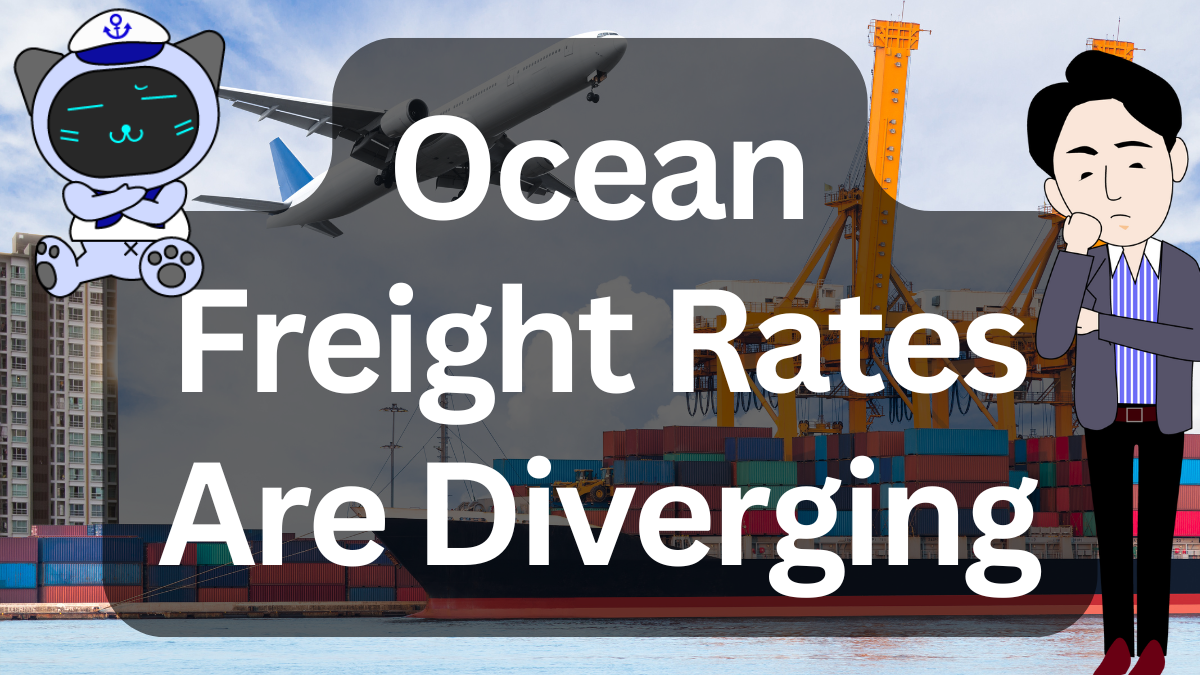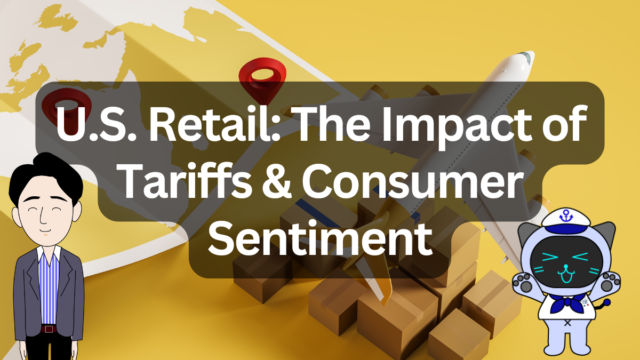Posted on: November 26, 2025 / Last updated: November 26, 2025
Asia Outbound Container Rates Show Clear Divergence

Asia–North America container rates have fallen for two consecutive weeks, reaching new year-to-date lows.
According to the World Container Index (WCI) released by Drewry on November 20, the Shanghai–Los Angeles rate decreased by 7% to USD 2,172 and the Shanghai–New York rate declined by 10% to USD 2,922, marking the first time in about two years that New York-bound rates have fallen below USD 3,000.
These routes had risen for five consecutive weeks after touching their year-to-date lows on October 9, but rates have dropped again over the past two weeks.
Weak demand for North America, ineffective GRIs (General Rate Increases), and oversupply caused by large numbers of newly deployed vessels are the major factors.
Despite expectations of front-loaded cargo due to the one-year suspension of U.S.–China additional tariffs, actual demand has not recovered.
Europe-Bound Rates Turn Upward
In contrast, Europe-bound rates are rising.
Shanghai–Rotterdam increased to USD 2,193 (up 8%) and Shanghai–Genoa rose to USD 2,319 (up 6%), supported by higher FAK (Freight All Kinds) levels.
Carriers have announced further FAK increases to USD 3,000–4,000 from December 1, reinforcing the upward trend.
Blank sailings on Asia–Europe routes have tightened supply and contributed to the increase.
A Growing Divergence Between North America and Europe
A clear divergence is emerging: North America-bound rates continue falling while Europe-bound rates strengthen.
Europe benefits from active supply control through blank sailings, whereas North America lacks similar adjustments, widening the gap.
The full reopening of the Suez Canal will be a key factor influencing future demand and supply balance.
Whether Europe’s strength continues and whether the trend spreads to North America will be important to monitor.
Although a major year-end surge is unlikely, determining when rates bottom out—and whether further decline occurs—will require close attention.
The Asia outbound market is moving in two different directions. Monitoring the bottoming-out timing will be essential for shippers and carriers.












